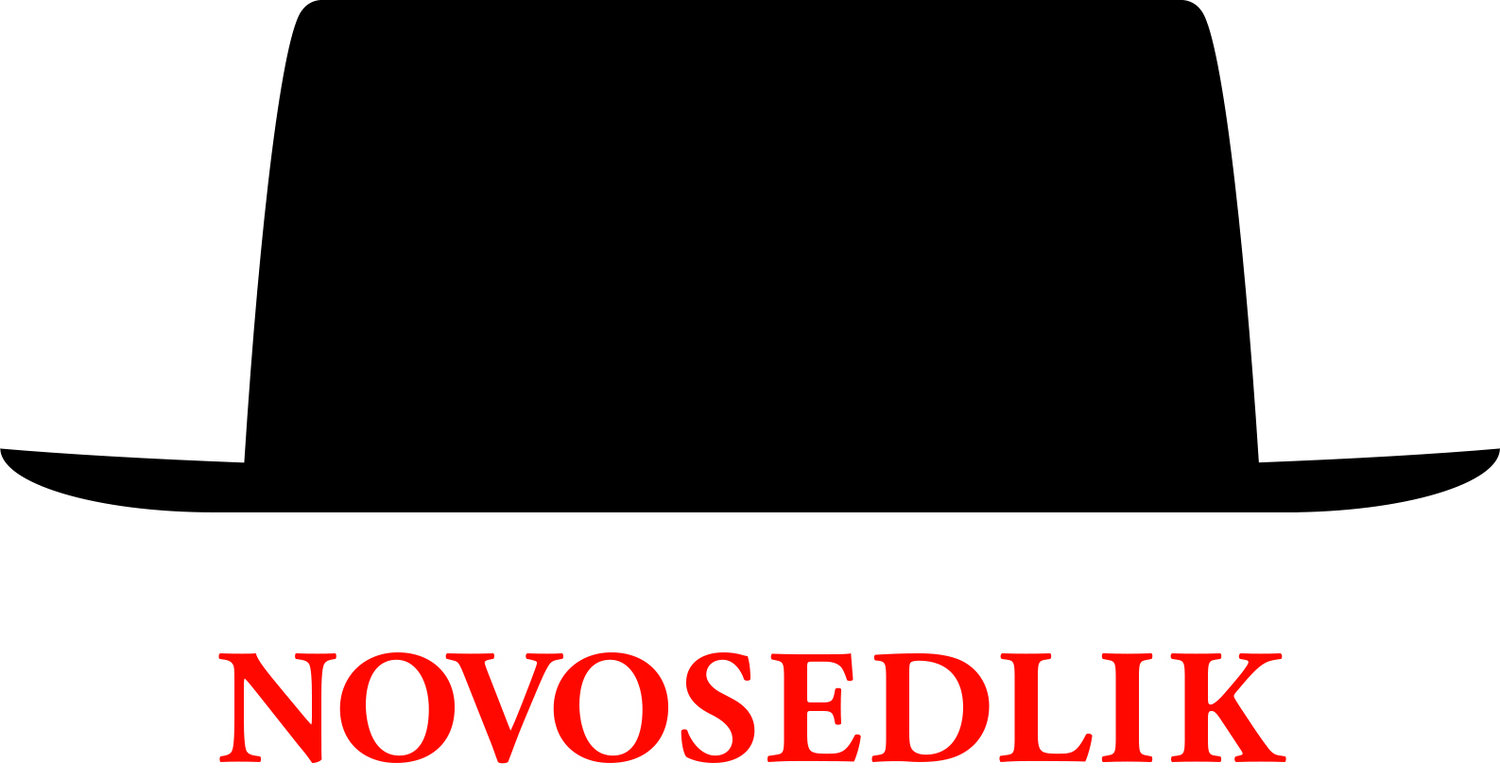In Branding, Better is Worse
.........................................................................
Originally published in Applied Arts Magazine, 2015
.........................................................................
3 MINUTE READ
“Better.” It must be one of the first words ever killed by advertising. One of the first of many verbal hooks whose original meaning has been beaten senseless by endless repetition, vague value propositions and all too frequently broken promises.
“Better” is a word that needs a tight contextual cage. It can only be about two things and they have to be from the same category: two cars, two laundry detergents, two take-out pizza places. Going broad with it — as in going from “we have a better widget repair service” to “with Global Widget Repair, everything is better” — leads quickly to meaninglessness.
Better is at best a very tactical tool, used to promote a product or service attribute. Could be price, could be a functional advantage of some kind, could be quality. Whatever it is, it needs to be easily proven. (Or else it ain’t really better, is it?)
Even with proof, better never lasts. Something better than your better inevitably comes along and suddenly your better is worse. And as you’ve already figured out, the same goes for faster, cleaner, tastier. It’s an unsustainable proposition.
Better is a slippery word, far too prone to euphemism. Take the current campaign for an IPTV provider, for instance. Its proposition is: “Better TV. Better Price.” So if it’s the price that’s better, then what you really mean is “cheaper” TV. Is the TV experience better because of the better price? Or do I just want it to be better because of the better price? Or is it better TV AND better price? Do I get both? And if “better” price is really “cheaper” price, then what constitutes “better” TV?
Of course no one really wants to say they’re “cheaper.” “Better” price sounds better than “cheaper” price. That’s why price-driven brands promise something called “value,” a word whose headstone sits right next to better’s in the graveyard of murdered meaning.
It’s when “better” is used as the core brand proposition — the differentiator — that its weakness is fully exposed. Because it is such an overworked, meaningless word, using “better” as your brand position is a cop out. “Better” is what you say when you can’t think of anything better than “better.”
But “better” also has a hidden strength. Precisely because it is so relative, and so meaningless, it’s just as easy to defend as it is to challenge. “Better” coats your brand in a kind of semantic Teflon. It challenges people to prove that you’re not “better,” putting the burden of proof on their shoulders, not yours.
When the brand in question is a multibillion-dollar, many-tentacled enterprise like a telecom or a financial institution, it’s easy to hide behind “better” because it is the one with the bigger budget. The power of spending several millions getting the “better” message out there gives it the upper hand. It means that when a customer has a bad experience, it’s on their shoulders to make your brand eat its words. You don’t have to move a muscle.
The customer has to act first. The customer has to call to resolve the issue. The customer has to rail against the machine in search of justice. The customer can’t buy a billboard or a TV spot to make it known that things really aren’t better with you. Their tiny squeals are ultimately drowned out by the volume of your propaganda.
We are conditioned to big brands being liars; we almost expect it. So when they say they’re better, we automatically respond with cynicism.
Perhaps the worst offenders are not the big brands, but the brand experts who advise them. These are the people who should know better than anyone not to position themselves (let alone their clients) as “better.” Because they’re not making brands better. They’re making them worse.

